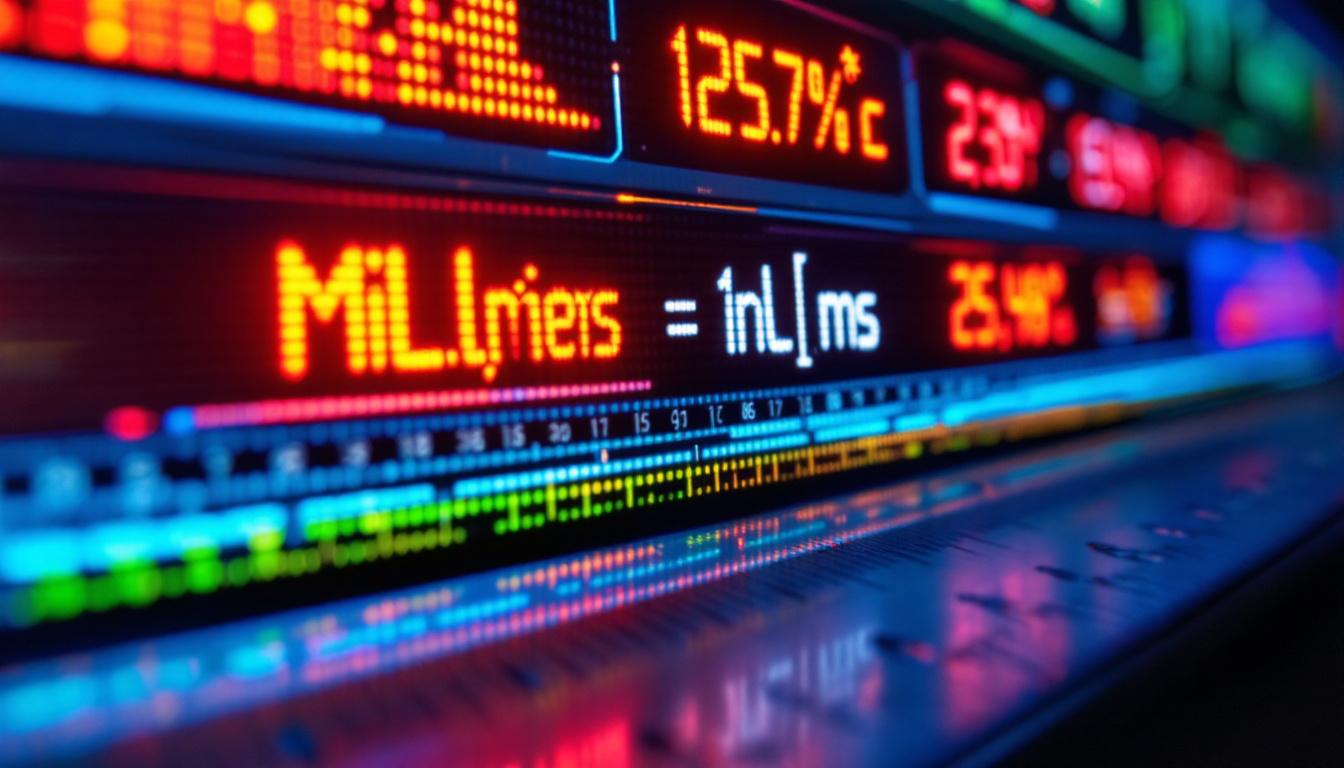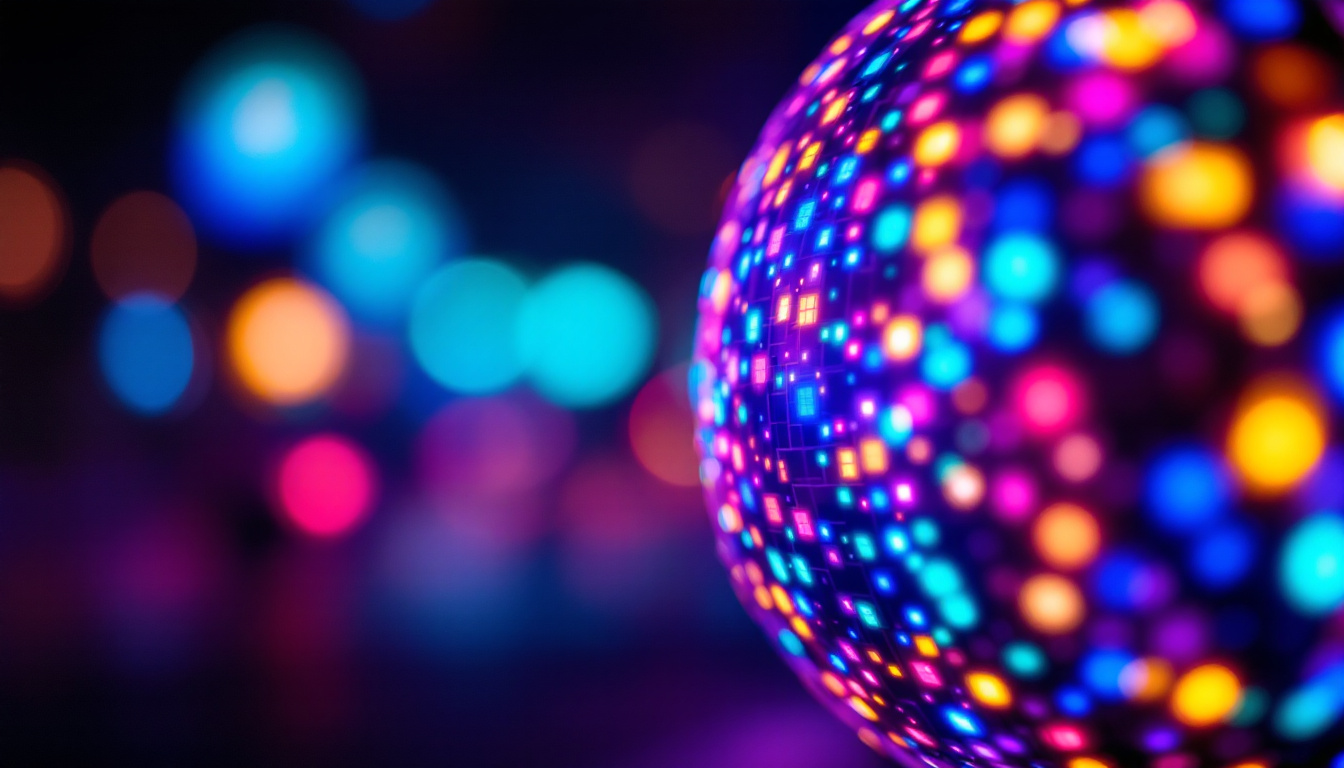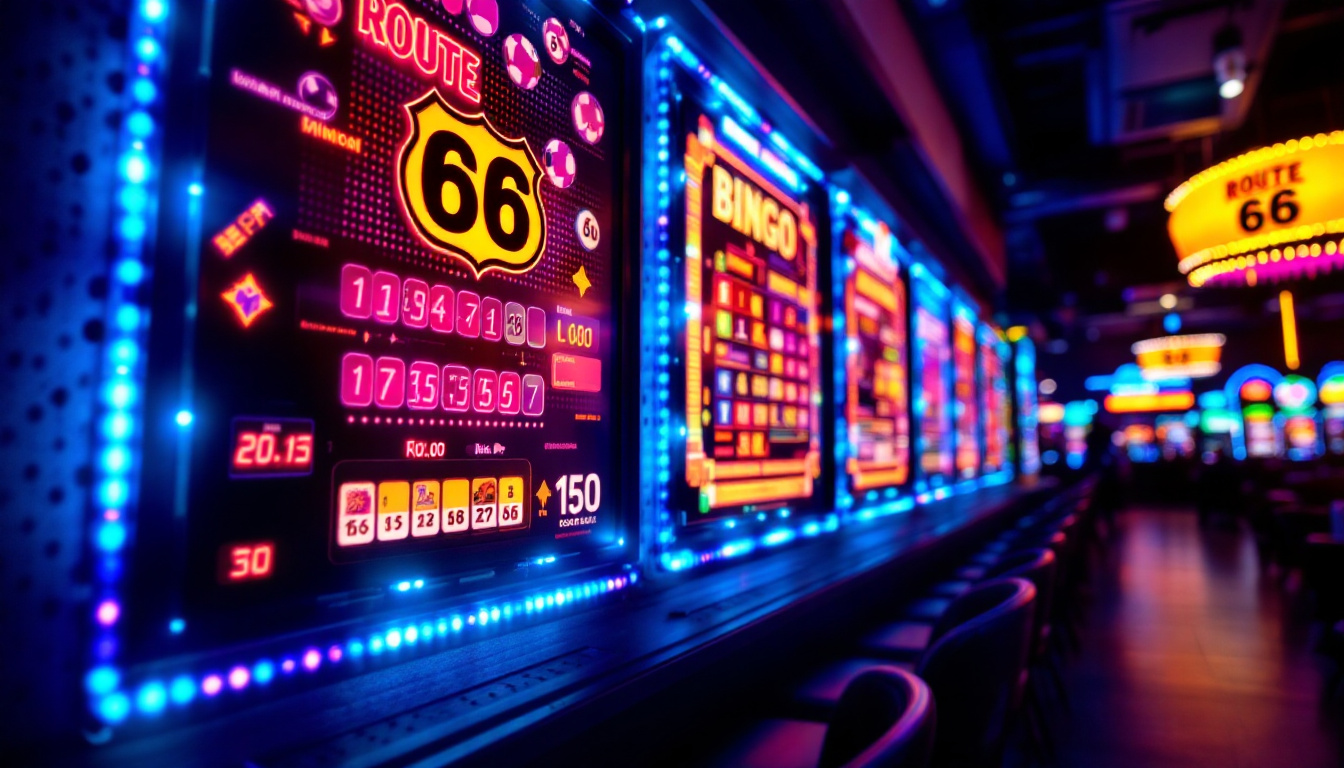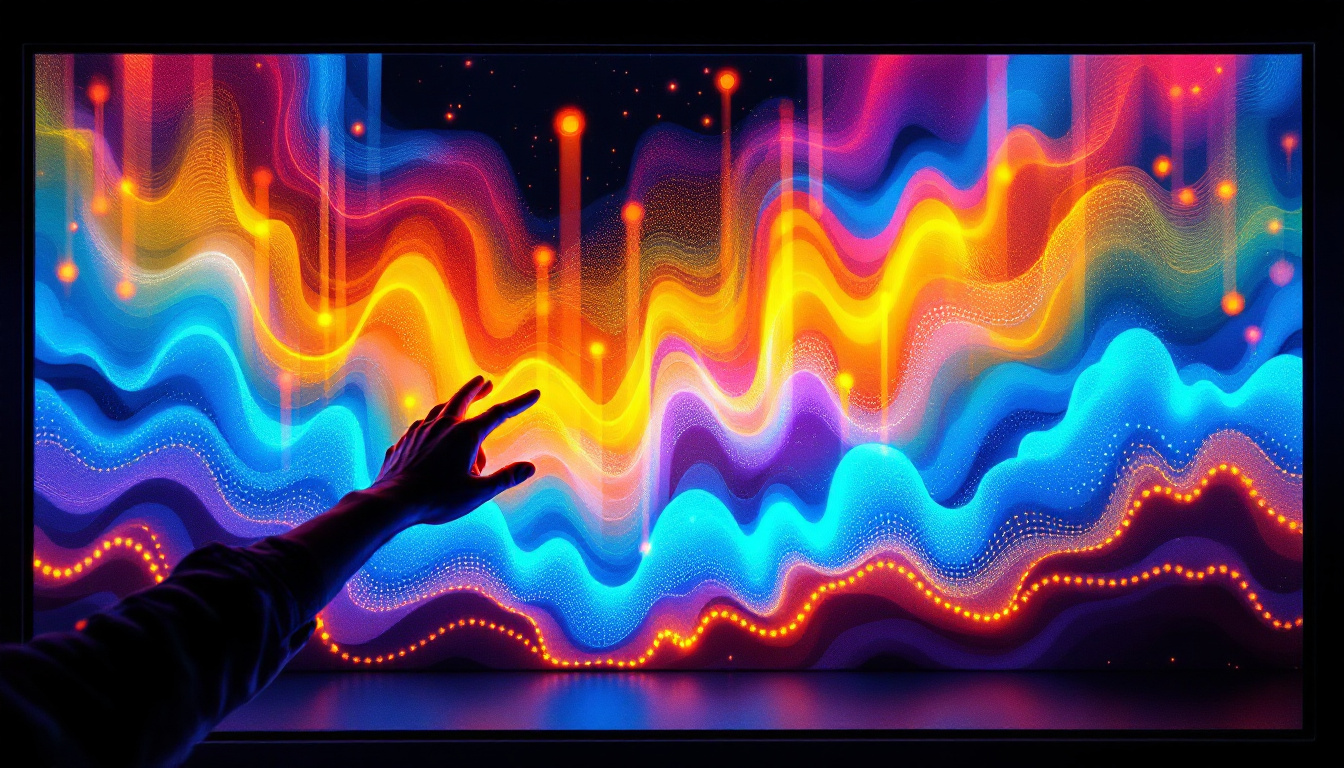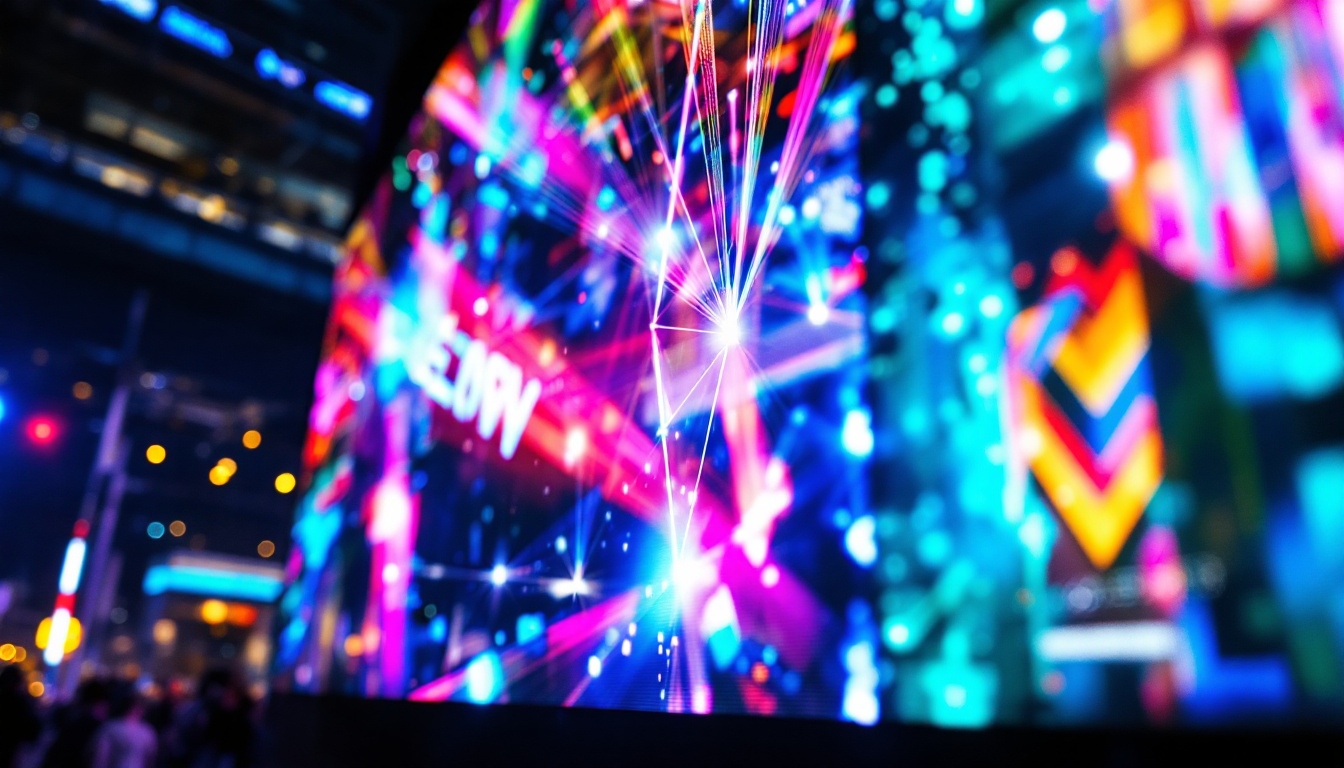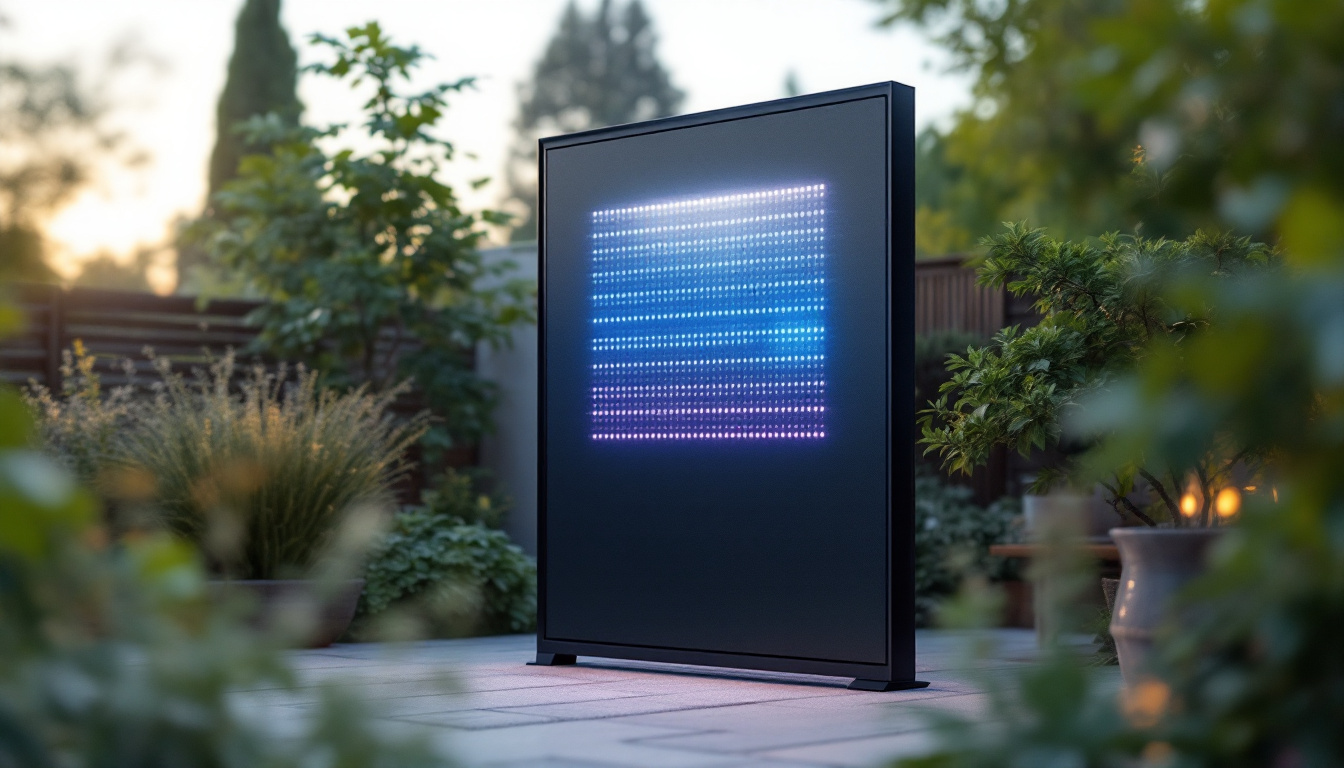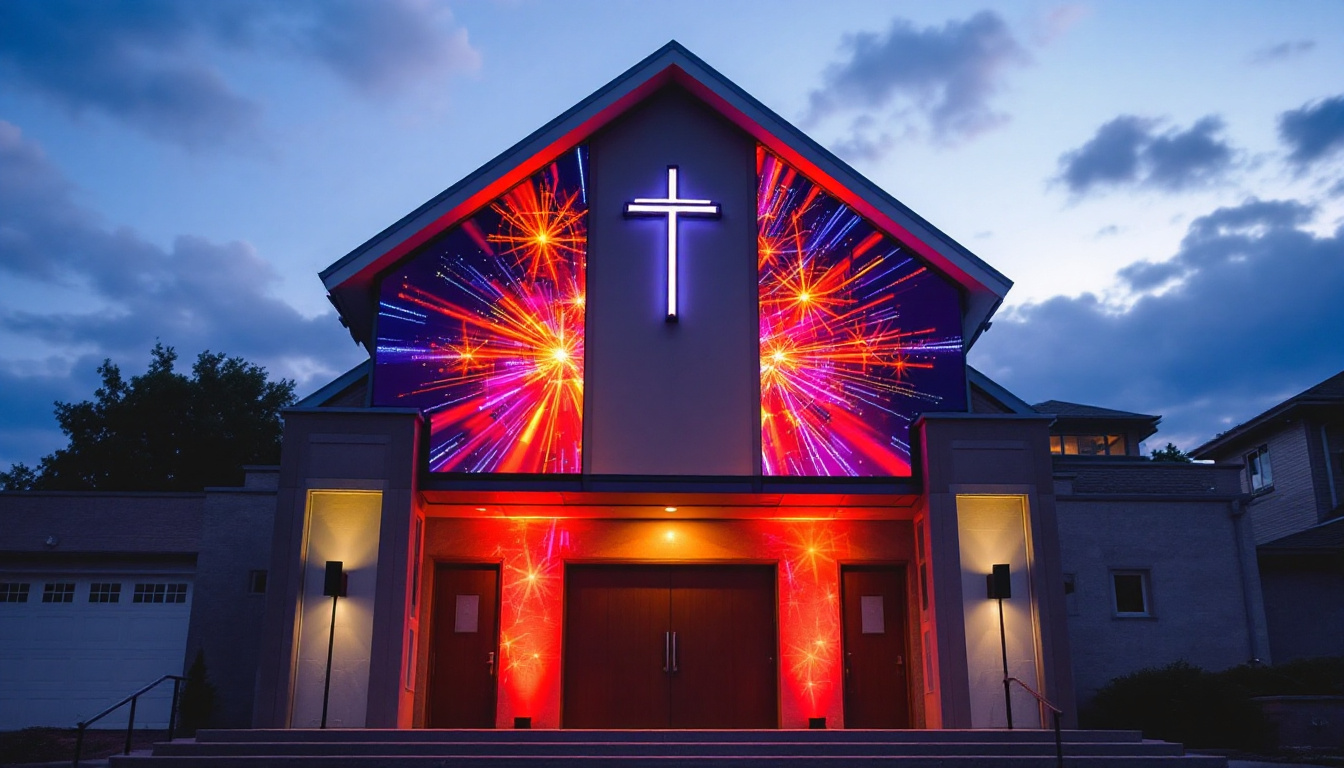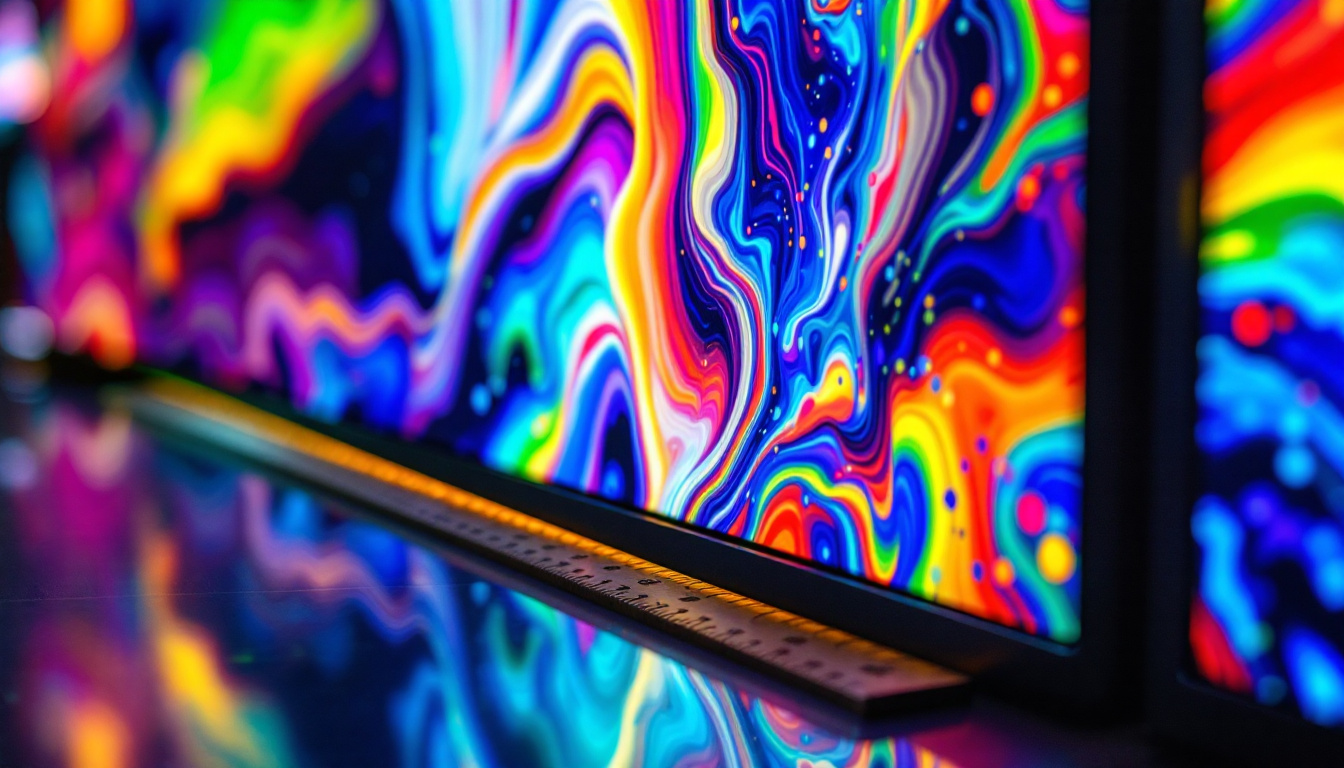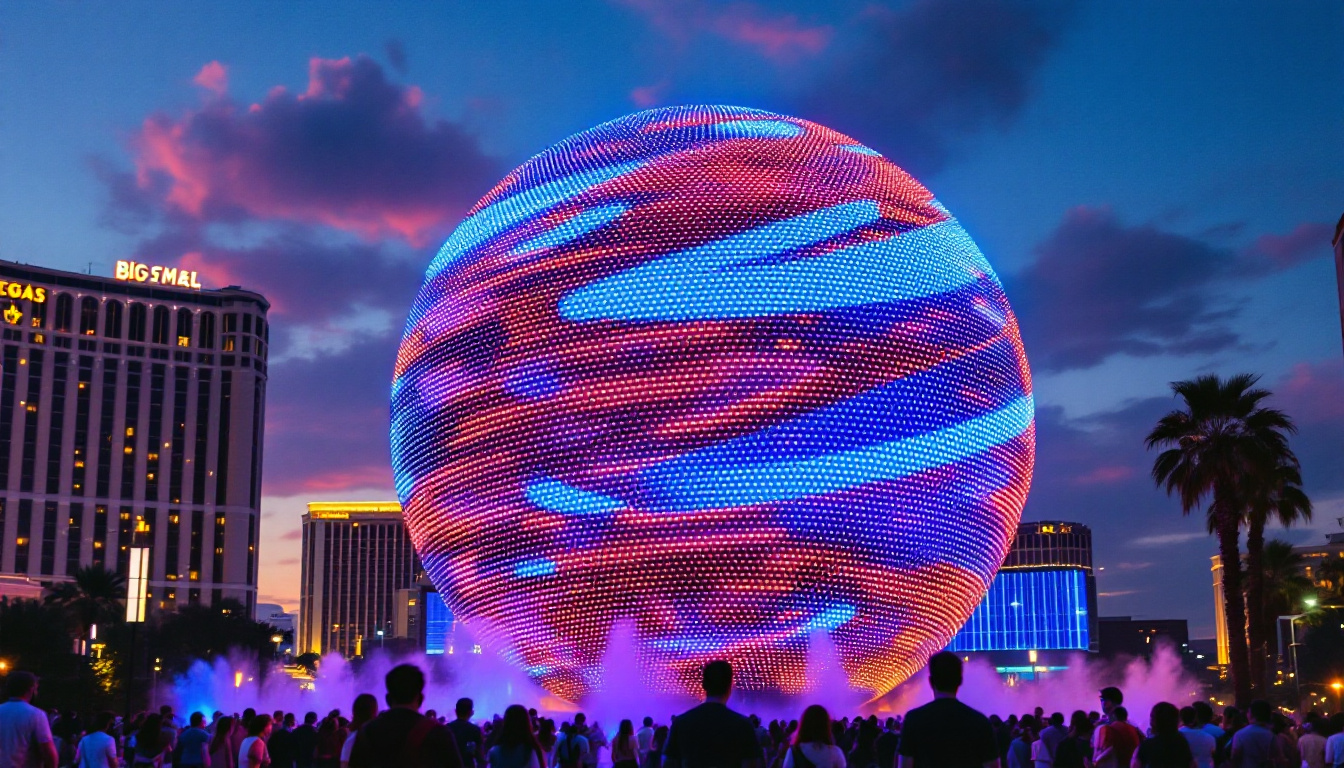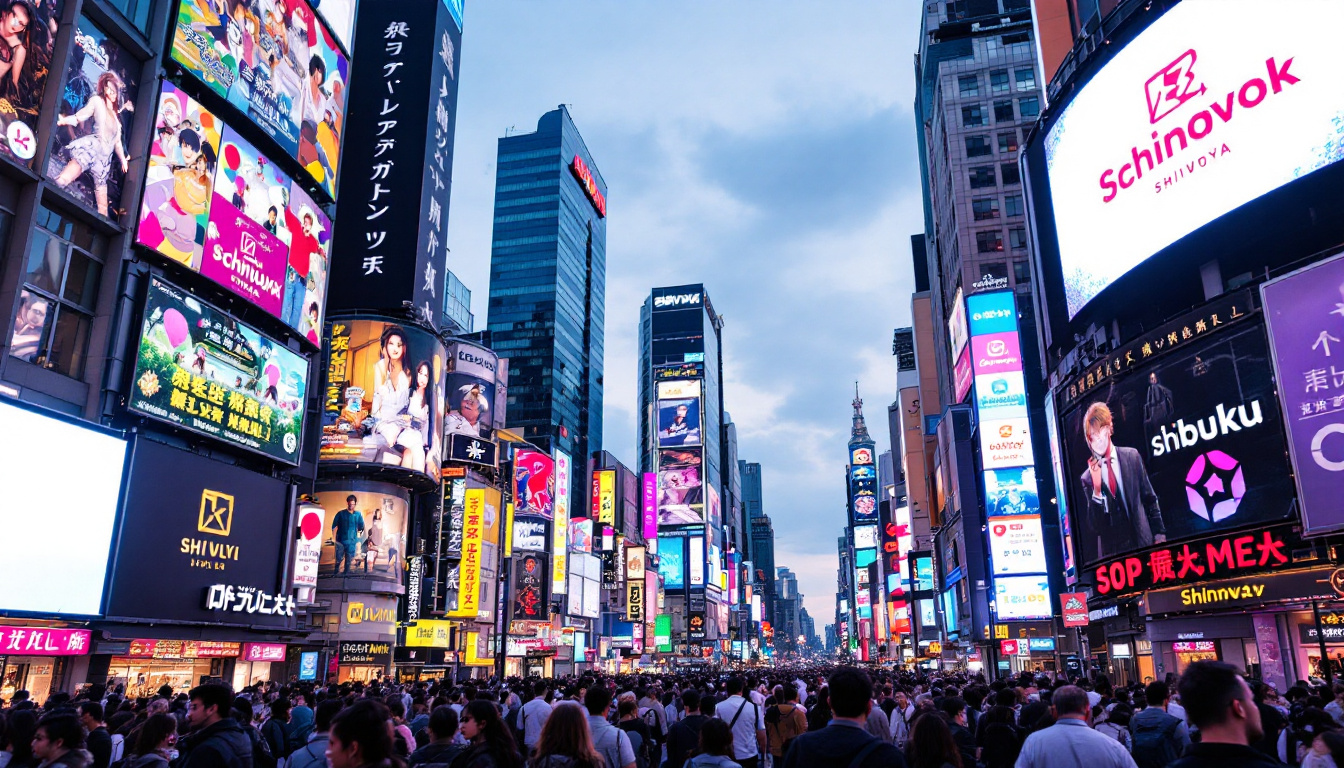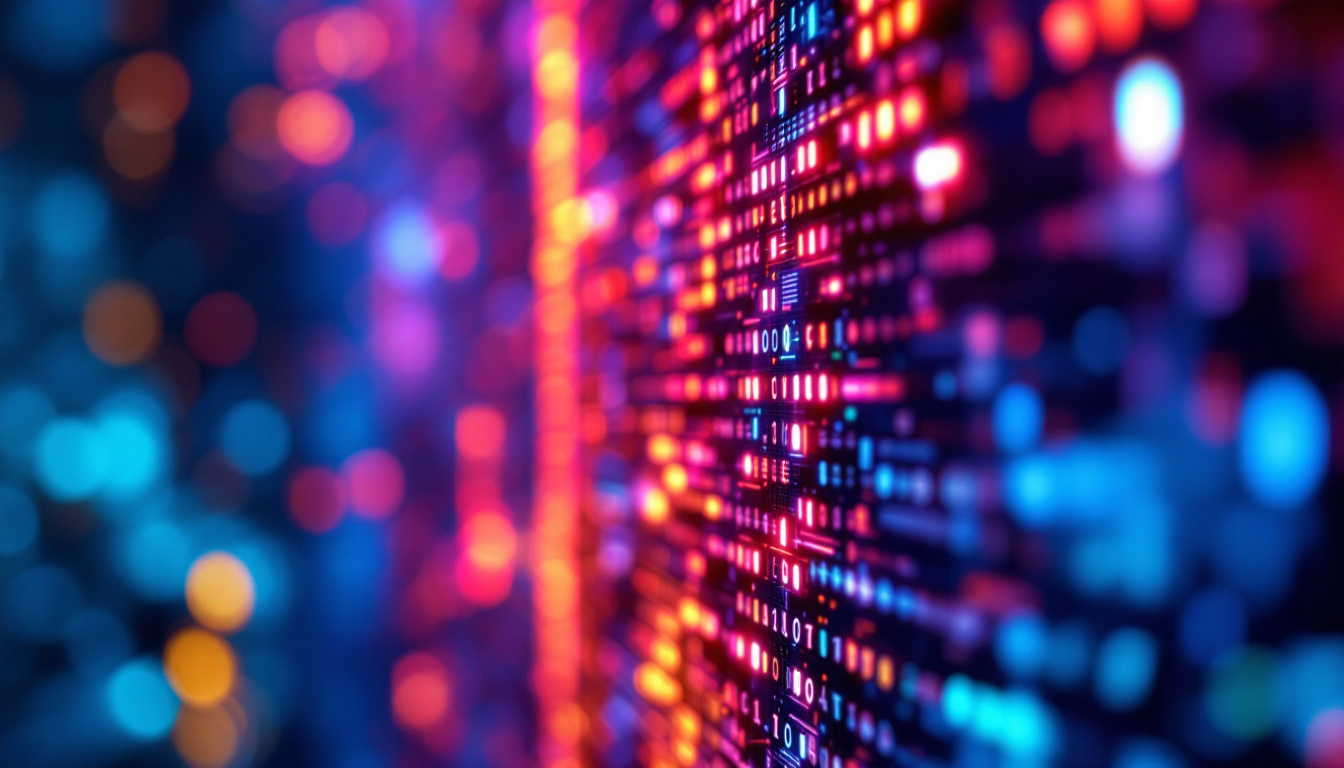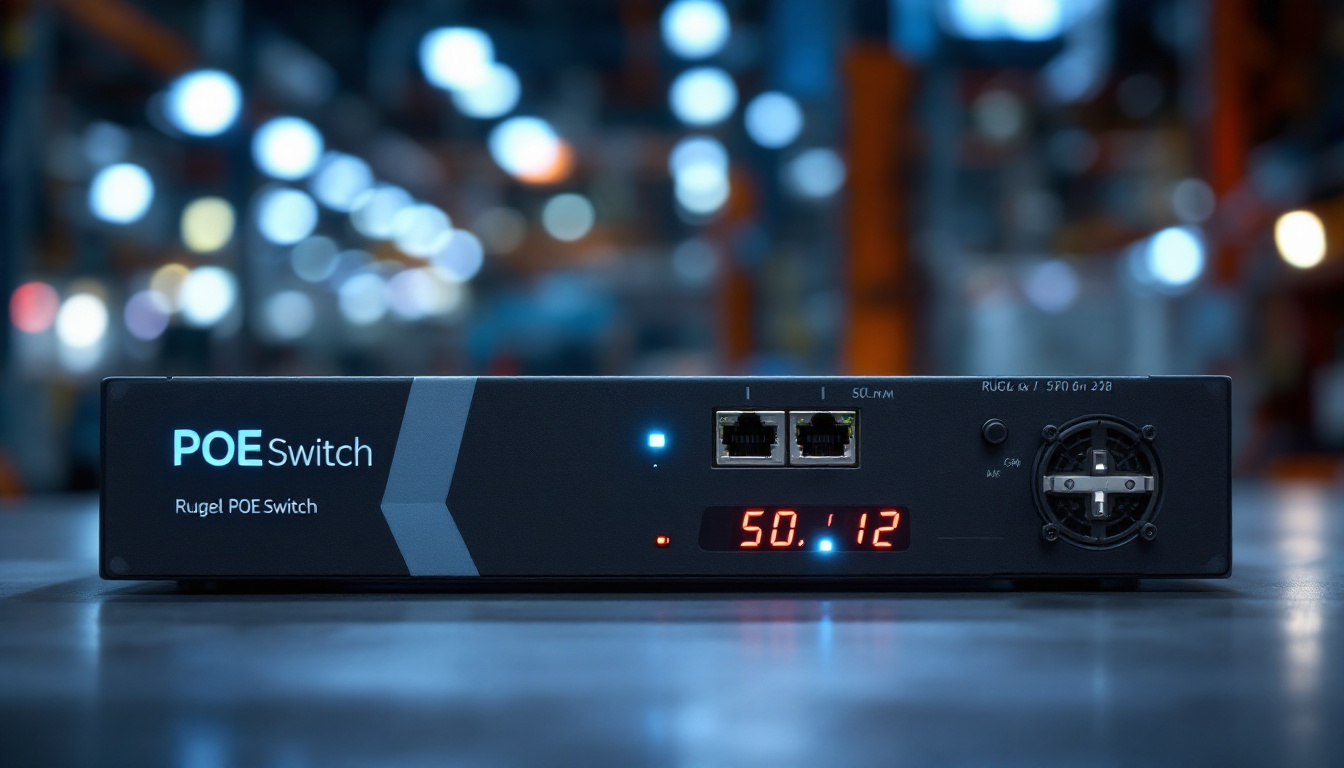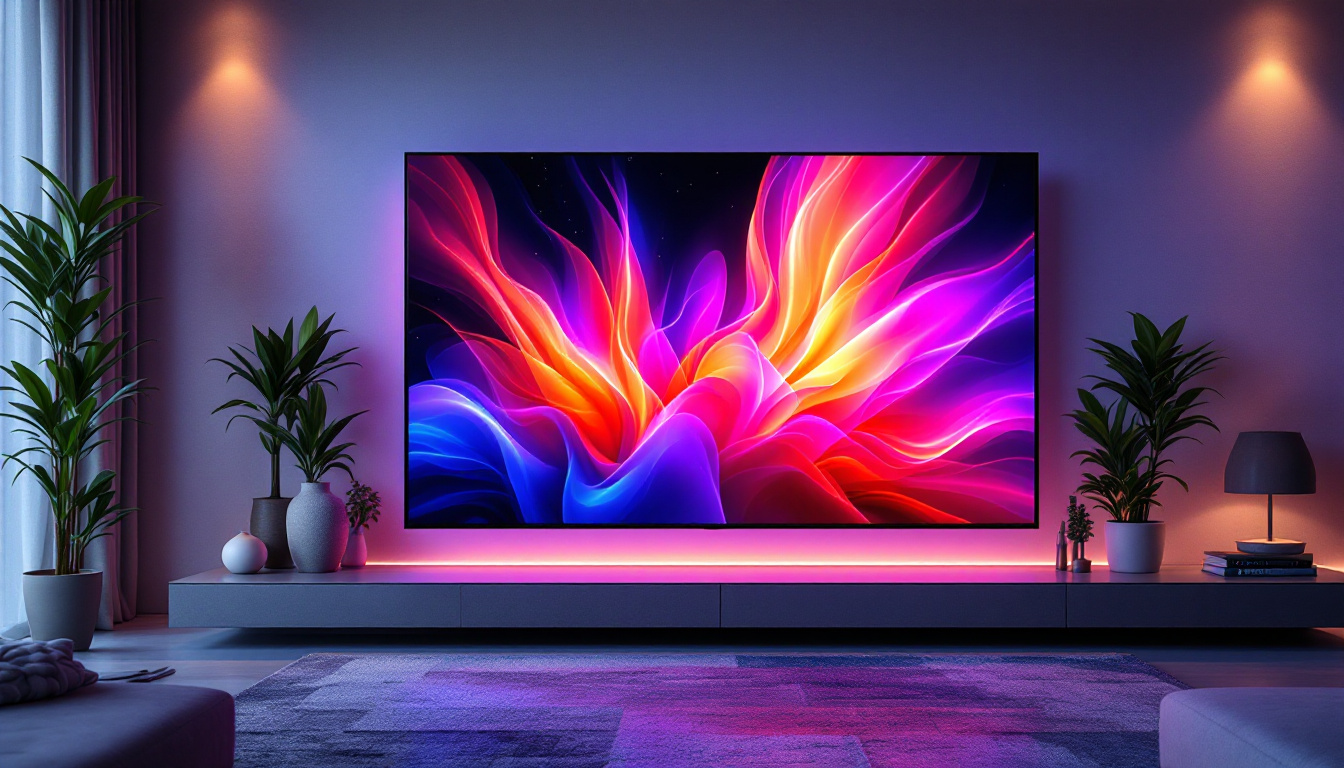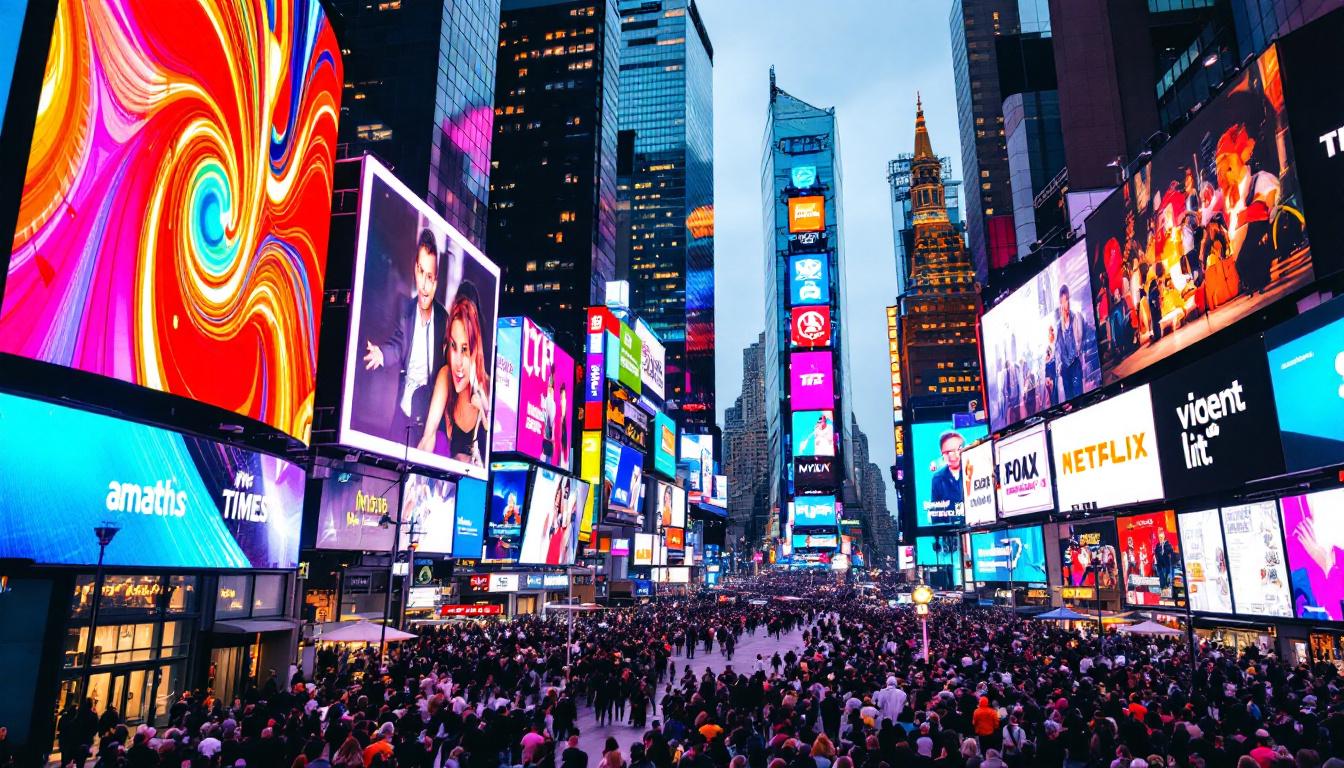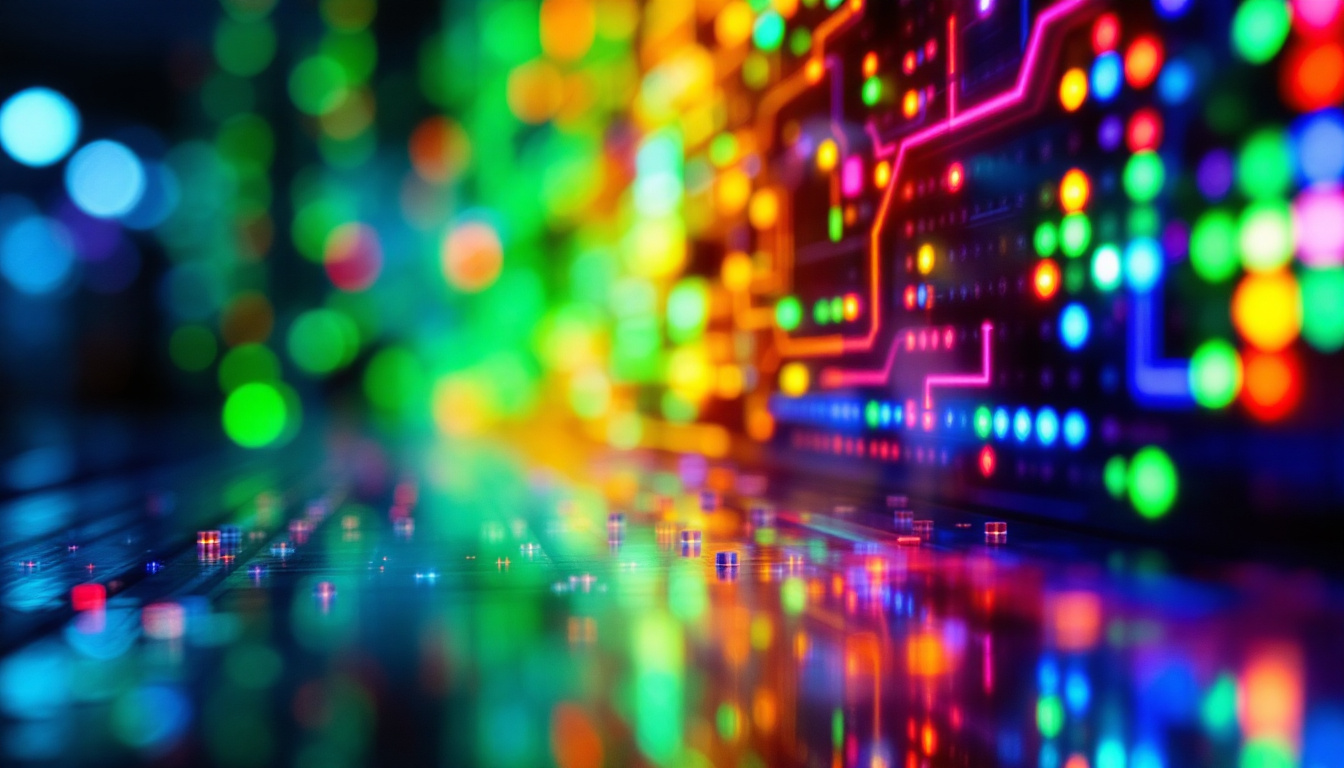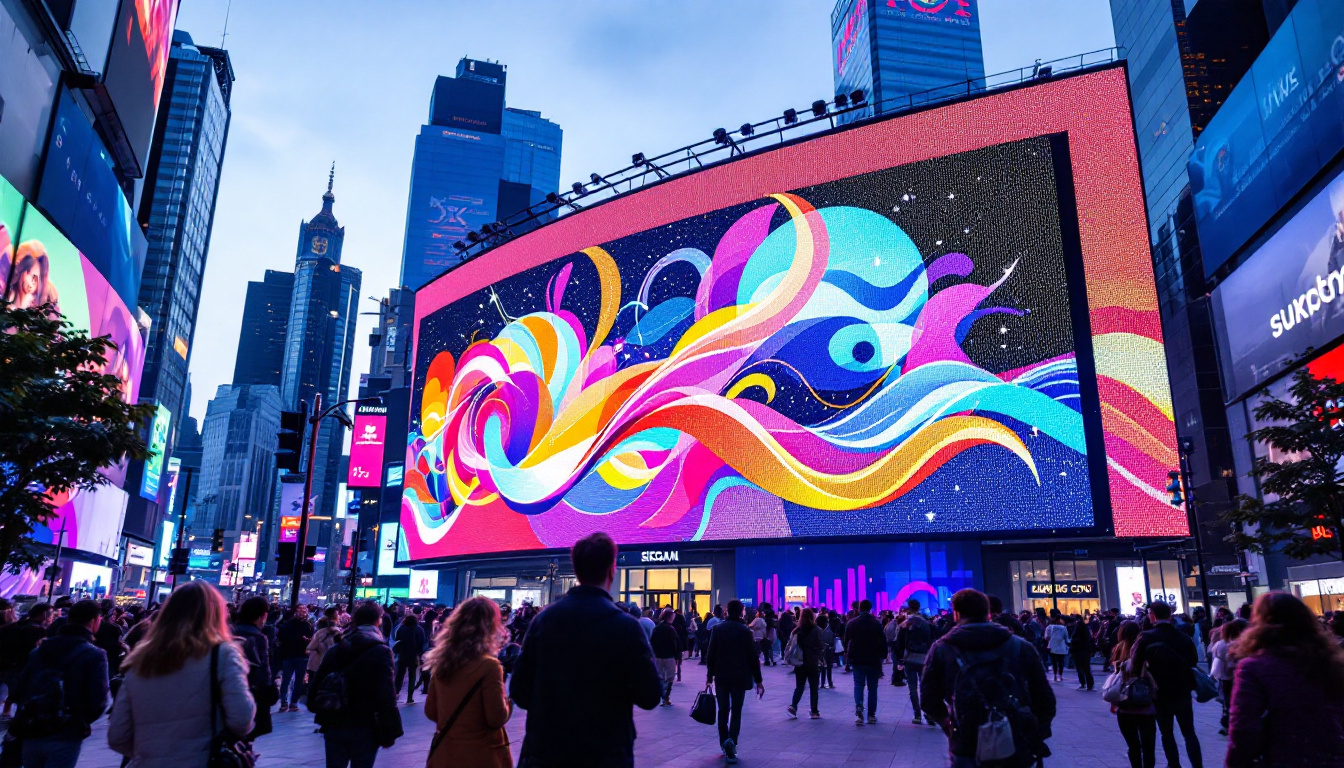When working with LED displays, precision is key. Whether you’re designing a digital billboard, a high-resolution screen, or a compact wearable display, understanding the measurements involved is essential. One common question that arises is: how many inches is 1.2 millimeters? This seemingly simple conversion can have significant implications in the world of LED technology, affecting pixel pitch, resolution, and overall display quality.
In this article, we’ll explore the conversion between millimeters and inches, why this matters in LED displays, and how the measurement impacts the performance and application of LED screens. By the end, you’ll have a clear understanding of how 1.2 mm translates into inches and why this measurement is crucial for anyone involved in LED display technology.
Understanding the Conversion: Millimeters to Inches
Basic Measurement Conversion
Millimeters (mm) and inches are both units used to measure length, but they belong to different measurement systems. Millimeters are part of the metric system, widely used internationally, while inches belong to the imperial system, commonly used in the United States. To convert millimeters to inches, the standard conversion factor is:
1 inch = 25.4 millimeters
Therefore, to convert millimeters to inches, you divide the number of millimeters by 25.4. This conversion is particularly important in fields such as engineering, manufacturing, and construction, where precise measurements are crucial. For instance, when working with blueprints or technical drawings, a small error in measurement can lead to significant discrepancies in the final product.
Calculating 1.2 Millimeters in Inches
Applying the formula to 1.2 mm:
1.2 mm ÷ 25.4 = 0.04724 inches (approximately)
This means that 1.2 millimeters is roughly 0.047 inches, or just under five hundredths of an inch. While this might seem like a tiny measurement, in the context of LED displays, even fractions of an inch can make a significant difference. For example, the spacing between pixels in high-resolution screens is often measured in millimeters, and a slight variation can affect the clarity and quality of the image displayed. Additionally, in the world of fashion and textiles, precise measurements can determine the fit and comfort of garments, highlighting the importance of understanding both metric and imperial systems.
Furthermore, the conversion between millimeters and inches is not just a mathematical exercise; it reflects the broader context of globalization and standardization in various industries. As businesses operate on an international scale, the ability to seamlessly convert measurements becomes vital for collaboration and efficiency. Whether you’re designing a product, constructing a building, or even crafting a piece of art, being adept at converting these units can enhance communication and ensure that all parties are on the same page, ultimately leading to better outcomes.
Why Does 1.2 mm Matter in LED Displays?
Pixel Pitch and Its Importance
In LED displays, pixel pitch is a critical specification. Pixel pitch refers to the distance from the center of one LED pixel to the center of the adjacent pixel, usually measured in millimeters. A smaller pixel pitch means more pixels per unit area, resulting in higher resolution and sharper images.
A pixel pitch of 1.2 mm indicates that the LEDs are very closely spaced, which is typical for high-definition indoor displays. For example, LED video walls used in control rooms, broadcast studios, or high-end retail environments often feature pixel pitches of 1.2 mm or smaller to deliver crisp visuals at close viewing distances. This level of precision not only enhances the visual experience but also allows for more intricate designs and dynamic content, making it a preferred choice for businesses aiming to captivate their audience.
Moreover, the technology behind these displays has advanced significantly, allowing for better color accuracy and brightness uniformity. This means that not only do the images appear sharper, but they also exhibit vibrant colors that can be viewed from various angles without significant degradation in quality. Such advancements make 1.2 mm pixel pitch displays suitable for a wide range of applications, from immersive art installations to high-stakes presentations, where every detail matters.
Impact on Viewing Distance and Image Quality
The pixel pitch directly influences the optimal viewing distance of an LED display. Smaller pixel pitches allow viewers to stand closer without noticing individual pixels, which is essential for applications requiring detailed image clarity.
For a 1.2 mm pixel pitch, the recommended minimum viewing distance is approximately 1.2 meters (about 4 feet). At this distance, the human eye perceives the image as smooth and continuous rather than pixelated. This makes 1.2 mm pixel pitch displays ideal for environments where viewers are close to the screen, such as conference rooms, retail stores, or indoor advertising. In these settings, the ability to convey detailed information and captivating visuals can significantly impact audience engagement and retention.
Furthermore, the high pixel density of a 1.2 mm display allows for exceptional detail in both static images and dynamic video content. This is particularly beneficial in environments where information is constantly changing, such as newsrooms or live event venues. The clarity and vibrancy of the visuals ensure that viewers can easily absorb the information being presented, whether it’s a crucial data set or a stunning promotional video. As a result, the investment in a 1.2 mm pixel pitch display can yield substantial returns in terms of audience interaction and satisfaction, making it a smart choice for businesses looking to enhance their visual communication strategies.
Applications of 1.2 mm Pixel Pitch LED Displays
Indoor High-Resolution Video Walls
One of the most common uses of 1.2 mm pixel pitch LED displays is in indoor video walls. These installations require exceptional image quality to display detailed content such as live video feeds, graphics, and text. The fine pixel pitch ensures that images are sharp and vibrant even when viewed up close.
For example, television studios often use 1.2 mm LED walls as dynamic backdrops, allowing for seamless integration of video content and real-time graphics. Similarly, museums and galleries utilize these displays to showcase high-resolution digital art or interactive exhibits.
Corporate and Control Room Displays
In corporate settings, 1.2 mm LED displays provide clear visuals for presentations, video conferencing, and data visualization. Control rooms benefit from these displays by gaining the ability to monitor multiple data streams simultaneously with high clarity, which is critical for decision-making in industries like transportation, utilities, and emergency services.
Retail and Hospitality Environments
Retailers and hospitality venues use 1.2 mm pixel pitch LED screens to engage customers with eye-catching digital signage. The fine resolution allows for detailed product images, promotional videos, and interactive content that attract attention and enhance the customer experience.
Technical Considerations When Working with 1.2 mm LED Displays
Manufacturing and Cost Implications
Producing LED displays with a 1.2 mm pixel pitch involves advanced manufacturing techniques. The LEDs must be precisely placed with minimal spacing, which increases production complexity and cost. As a result, 1.2 mm LED displays are typically more expensive than those with larger pixel pitches.
However, the investment is justified in applications where image quality and detail are paramount. Advances in LED technology continue to reduce costs, making fine-pitch displays more accessible over time.
Power Consumption and Heat Management
Higher pixel density means more LEDs per square inch, which can increase power consumption and heat generation. Effective heat dissipation is essential to maintain performance and extend the lifespan of the display.
Manufacturers often incorporate efficient cooling systems and use energy-saving LEDs to mitigate these challenges. Proper installation and ventilation are also crucial to ensure reliable operation.
Calibration and Maintenance
Maintaining uniform brightness and color accuracy across a 1.2 mm LED display requires precise calibration. Small pixel pitches leave little room for error, so regular maintenance and professional calibration services are recommended to preserve image quality over time.
Comparing 1.2 mm Pixel Pitch to Other Common Sizes
Pixel Pitch Spectrum Overview
LED pixel pitches range widely, from as small as 0.7 mm for ultra-high-definition displays to over 10 mm for large outdoor billboards. Each size serves different purposes based on viewing distance, resolution requirements, and budget.
Advantages of 1.2 mm Over Larger Pixel Pitches
Compared to larger pixel pitches like 3 mm or 5 mm, 1.2 mm provides significantly higher resolution and image sharpness. This makes it suitable for close-up viewing environments where detail is critical.
For example, a 3 mm pixel pitch display is excellent for indoor venues where viewers stand several meters away, such as conference halls or auditoriums. However, it would appear pixelated if viewed from very close distances, where a 1.2 mm display excels.
When Smaller Isn’t Always Better
While smaller pixel pitches offer superior resolution, they aren’t always the best choice. Ultra-fine pitches like 0.7 mm come with higher costs and power requirements, and may be unnecessary for certain applications.
Choosing the right pixel pitch depends on balancing resolution needs, viewing distance, budget, and installation environment. For many indoor applications, 1.2 mm strikes an effective balance between image quality and cost.
Practical Tips for Working with 1.2 mm LED Displays
Planning Your Installation
Before purchasing or installing a 1.2 mm LED display, consider the viewing distance and content type. Ensure that the display size and resolution match the intended use to maximize impact and cost-efficiency.
Consulting with LED display professionals can help determine the optimal configuration and placement for your specific environment.
Content Creation and Optimization
High-resolution displays like those with 1.2 mm pixel pitch demand equally high-quality content. Use images and videos with sufficient resolution to avoid pixelation or blurriness. Content should be designed to take advantage of the display’s sharpness, enhancing viewer engagement.
Maintenance and Longevity
Regular cleaning, calibration, and inspection are vital to keep a 1.2 mm LED display performing at its best. Address any dead pixels or color inconsistencies promptly to maintain a professional appearance.
Additionally, ensure that the display environment is controlled for temperature and humidity to prevent premature wear.
Conclusion: The Significance of 1.2 mm in LED Display Technology
Understanding that 1.2 millimeters equals approximately 0.047 inches provides a foundational insight into the scale at which LED displays operate. This tiny measurement represents the pixel pitch of some of the highest-resolution LED screens available today, enabling stunning image clarity and detail.
For industries ranging from broadcasting and corporate communications to retail and entertainment, 1.2 mm pixel pitch LED displays offer a powerful solution for delivering vibrant, sharp visuals at close viewing distances. While they come with higher costs and technical demands, the benefits in image quality and viewer engagement are substantial.
Whether you’re specifying a new LED video wall or simply looking to understand the technology better, appreciating the importance of the 1.2 mm measurement is essential. It’s a small number with a big impact in the world of digital displays.
Discover High-Resolution LED Solutions with LumenMatrix
Ready to elevate your visual displays to the next level? LumenMatrix is at the forefront of LED display technology, offering a wide array of innovative solutions tailored to your needs. From Indoor and Outdoor LED Wall Displays to specialized options like Vehicle, Sports, and Floor LED Displays, our products are designed to make your brand shine and engage your audience like never before. Experience the difference with our Custom, All-in-One, and Transparent LED Displays, and see how our commitment to revolutionizing visual communication can transform your message into an unforgettable visual experience. Check out LumenMatrix LED Display Solutions today and step into the future of digital signage.

